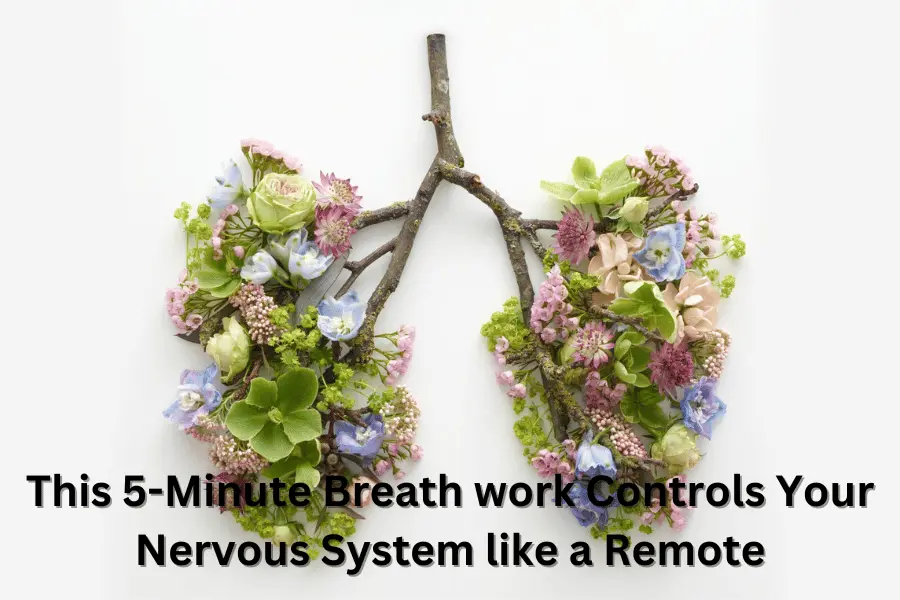You may be feeling anxious, depressed, or moody. Or you may have undergone a bad trauma in your life. Take heart! You are not alone. Many of us have experienced those things too. As a result of stress, illness, or other related matters, there has been a decline in people’s physical and mental health. Well, help has arrived.
How Breathing Impacts Your Brain and Body: Your Breath is Your Brain’s Remote Control
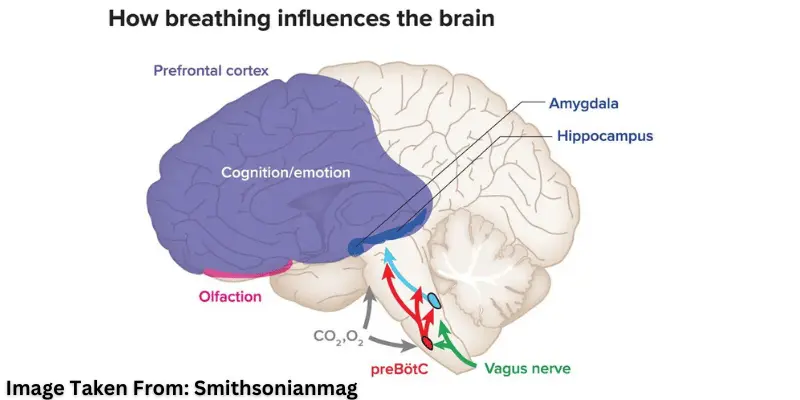
Every system in the body including the brain relies on oxygen for proper function and breathing helps to supply such oxygen to the body. Breathing can have a profound impact on the proper order of the body from cognition to digestion. It can provide mental clarity, promote better sleep, and improve your body’s immune system.
Read Also: Unlock Tranquility: Ultimate Guide to Folding Meditation Chairs
Slow, Deep Breathing – How it activates the Parasympathetic Nervous System
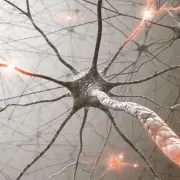
Maybe you were taught in college about the function of the parasympathetic nervous system (simply referred to as the PNS). This is what coordinates rest and digestion. It is also known to be responsible for heart rate and lung constriction. It also helps to contract the bladder. It works in opposition to the sympathetic nervous system. The moment you take in slow breaths, you will realize that the effect of stress no longer has a hold on you. You will become balanced.
Deep, diaphragmatic breathing causes the vagus nerve to become active and aroused. This in turn triggers relaxation. Imagine for instance that you are in danger. The sympathetic nervous system will activate itself to escape danger. This triggers reactions such as a fast heartbeat, panting, shallow breathing, and anxiety. Deep breathing practices (especially with the use of abdominal muscles) calm the nervous system and inform it that you are safe. It helps the body to return to its normal relaxed state. Doing this reduces anxiety, slows down the heartbeat, and regulates blood pressure.
Fast and Shallow Breathing Initiates the SNS (Sympathetic Nervous System)

The SNS (synonym for the sympathetic nervous system) is what controls the fight-or-flight response. Fast, shallow breathing makes the sympathetic nervous system dominant and this increases the respiratory rate.
Quick, chest breathing increases stress hormones like cortisol and adrenaline. It is part of a typical stress response. However, this may be harmful as it disrupts the balance of gases in the body. It can also prolong the feelings of anxiety in the body. During this process, the body prepares for action and blood flows to the other essential organs of the body to help it cope with the perceived danger.
With controlled breathing, these symptoms can be improved.
A Simple 5-Minute Breathing Practice for Instant Calm

It is worthy noting here that breathing with one’s chest is not beneficial. Doing that means you’re filling just the upper part of your lungs. If you must practice breathing to settle the mind, you must breathe with your belly, just the way animals and babies do when they are calm. Various names are given to this kind of breathing – abdominal breathing, diaphragmatic breathing, and even recovery breathing (because it helps us recover our equilibrium).
The good part is, it is not difficult to do so. Just try this 5-minute yogic breathing and you are good to go. Let us take a look at how to effectively breathe with your belly and how to follow the 4-7-8 technique.
How to Breathe with Your Belly
- Take your favorite chair and sit on it. Make sure your feet are firmly placed on the floor side by side. Let your eyes be closed. You can open it if you want though.
- Place one of your hands on the chest. Place the other hand on your belly. Let your hands be still as possible. Your shoulders should also be still.
- Pay keen attention to your belly as it rises and falls. What happens during this time is that air is being drawn in and out of your lungs.
- Inhale slowly through your nose after the count of three. Notice, as you do, that your belly expands.
- Exhale slowly through pursed lips. Press your belly in. You could think of the word ‘relax’ as you do so.
- Make sure your bottom hand moves outward as you fill your lungs with air and inward as you exhale.
- Repeat the steps listed above for best results.
How to effectively do the 4-7-8 Breathing Technique
- Find your favorite spot. It would be preferable to sit against a wall.
- Keep your lips apart. Make a whooshing sound and exhale through your amount.
- For 4 seconds, inhale through your nose with your lips closed.
- Hold your breath for 7 seconds.
- Make another whooshing sound as you exhale through your mouth for a count of 8
- Repeat for 5 minutes for best results.
Read Also: How to Use a Meditation Bench for More Effective Meditation
The Science of Mindful Breathing

Our internal body system is controlled by the ANS (which is the synonym for the autonomic nervous system). The ANS is part of the nervous system that is somehow linked to the limbic brain regions that affect our emotions. That is not all. The autonomic nervous system is what is responsible for the fight or flight response (some even add the freeze response), the feeling of rest, and relaxation.
By way of definition, mindful breathing emphasizes paying attention to your breathing. It helps to promote the regulation of the sympathetic reflexes. The act of breathing in through our nose can regulate blood pressure, and heart rate and improve overall mood. It also releases endorphins, chemicals that help in reducing feelings of anxiety.
Clinical Studies Show Breathing Reduces Anxiety and Stress

One study found that daily breath practice lowered cortisol levels after just 6 weeks. This is just one found evidence to show that there is actually a direct link between breathing and stress relief.
Voluntary participants in a group practiced mindful breathing for 15 minutes for up to four weeks. It was observed that those who practiced breathing experienced a reduction in anxiety and stress after the four weeks.
Another group was investigated to know the effect of breathing on negative emotions and attention. Voluntary participants practiced breathing for 10 minutes twice each day for up to five weeks. The result? It was confirmed that there were improvements in mood and attention in the participants who practiced breathing.
In another case, the impact of various breathing interventions was observed in a group of participants. Slow, deep breathing was the common one used. Results showed that this kind of breathing is effective in reducing stress and anxiety. Studies have shown that taking a breath can significantly reduce your blood pressure and increasing heart rate.
Mindfulness meditation programs emphasize belly breathing as a foundational skill to reduce stress, enhance mood, and manage difficult situations. These programs are held either online or in-person and they are gaining popularity in the world. These programs include practicing deep breathing at work, going on meditation retreats, and many more.
Many organizations are now discovering the benefits of breathing and are encouraging their employees to enroll in these programs in order to enhance their productivity at work and to promote their overall being. They also have flexible schedules. So no matter how busy you are, you can still be a participant of these programs.
How Deep Breathing Changes Your Brainwaves
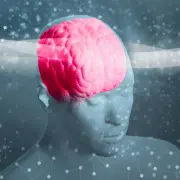
Slow breathing increases alpha and theta brainwave activity. Our bodies become calm and less anxious. The alpha and theta waves occur when were are relaxed and calm. In fact, simply closing our eyes without thinking anything produces more of these waves. The alpha and theta activities are connected to low stress and anxiety rates. They accompany comfort and pleasure. They tend to lift depression.
Slow breathing can trigger important brain regions to be calm and still. When you extend the exhale, you increase both the alpha and theta waves. They are often associated with dreams and deep emotional states. While 5 minutes of breathing increases alpha rate, 15 to 20 minutes of deep breathing increases our theta power.
Start Using Your Breath to Control Your Brain and Body
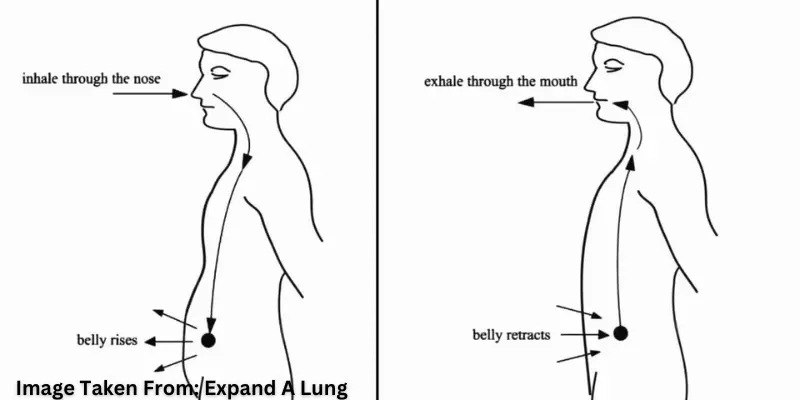
Present time indicates that we may now have to update this adage to read “take a deep breath”. As stated in the beginning of this article, your breath is your brain’s remote control. It is so powerful that it can reset your brain and body and put it in a normal state.
Your breath can calm your nervous system and reduce your heart rate. Your minds also quieten when you breathe. Breathing affects electrical brain signals that communicate with memory and emotional processing centers. This can control and optimize brain function to help you more emotionally.
Practice Daily 5-Minute Breathing Sessions
Do it first thing in the morning and before you go to bed. Another tip is to start small. You do not have to set the bar too high. You can start by splitting it into various sessions. As you become regular in the practice, you can then spend 5 minutes to practice mindful breathing.
Choose free moments where you can freely practice deep breathing. Be consistent and regular. Do not strive for perfection. Just do your best and in time, you will safely incorporate it into your daily routine.
Use breathwork to calm yourself anytime you feel anxious or stressed. You can practice it anywhere you are as long as it is quiet, safe, and comfortable to do so.
Try Nasal Breathing Throughout the Day
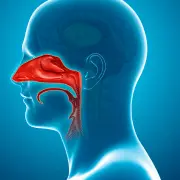
Switch to nasal breathing during everyday activities. Inhale specifically through your nostrils. This is better than mouth breathing. Nasal breathing is a natural way to help your body use the air you inhale.
Nasal breathing keeps you calm, focused, and centered. This is because it helps your lungs make good use of the air you breathe in. To add to that, it expands your blood vessels, allowing oxygen to circulate freely through your entire system.
The Breathscape Practice for Cultivating Mindful Breathing
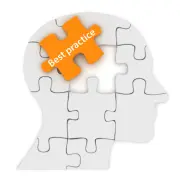
Undoubtedly, mindful breathing (also known as mindfulness) is more important now than ever before. To unlock a promising future, you have to inhabit the present to the best of your ability. Here are a few tips to tap into your capacity to be in touch with your experience. This practice is from Jon Kabat-Zinn.
- Choose an appropriate and comfortable posture. You could be lying, sitting on a chair on the floor, or even standing. Your eyes should be widely opened and your gaze focused.
- Have the firm intention of staying awake and being in touch with the present moment.
- Explore your breath and motivation. Allow your attention to alight gently on the breath, moving in and out of the body. Focus on your belly, as that is the area where breath sensations are more vivid. You could choose to focus on the nostrils, where you feel the passage of air coming in and out. Or you could feel the combination of both – air moving from the nostrils down into the belly.
- Allow your breath to proceed smoothly. Do not try to force it. Gently ride on the waves of your own breathing.
- Allow your attention to be as it is as this will make your breath to be known, felt, and experienced.
- Be relaxed and rest in awareness.
- If your mind wanders, do not worry. Once it happens, simply notice it open-heartedly.
- Allow yourself to come back from the side distractions and to be aware of the present moment again.
- Ride the waves of the breath sensations moment by moment.
- Embrace the act of loving-kindness.
- Be awake as if your life depended on it. Be intentional about it as well.
- Allow each in-breath to be the start of a new beginning.
- Embrace each breath in the moment.
The Vagus Nerve and its connection to Deep Breathing
Deep breathing aids in the activation of the vagus nerve. It helps to break the cycle of stress-induced situations like headaches, back pain, and others. One study showed that just two minutes of deep breathing engages the vagus nerve and improves decision-making.
The Science of Meditation – Its Impact on the Brain and Body
Meditation is a fascinating concept. Meditation increases theta brainwaves both during practice and afterward. It alters electrical waves that allow your neurons to communicate. It activates certain parts of the brain associated with attention and emotional processing. Mindfulness meditation practice can cause structural changes in both white and grey matter of the brain.
Read Also: Why do People Struggle with Meditation?
Download a Breathing App for Guidance
Apps provide timing, reminders, and breathing exercises. They also provide useful tips for managing stress and anxiety. They provide breathing training and contain customized profiles and adjustable features that are beneficial. They are a great tool for those who are just starting to do the practice.
Make breathwork a regular habit. Make good use of whatever apps you choose. Always keep in mind that your breath is your brain’s remote control.
FAQ’s
Q. Why is breathing dependent on the brain?
A. This is because your brain sends signals to the muscles involved in breathing and adjusting your breathing rate.
Q. Do we breathe consciously?
A. Breathing activity happens consciously and unconsciously. This means, your body breathes when you pay no attention to it. But it is still possible to control our breathing and regulate speed and flow.
Q. What happens to your brain when you inhale?
When you inhale, your brain becomes more sensitive and promotes wakefulness and focus. It processes emotions, controls respiratory organs, and increases alpha and theta activities.
Q. What controls how fast you breathe?
A. The nervous system plays a significant role in your breathing rate (the number of breaths you take per minute). Other factors include blood chemistry which includes oxygen and carbon dioxide. Another factor is physical needs which includes one’s emotions or body temperature.
Q. Does the brain control your breathing?
A. Yes, control of the breath is performed by the brain. It sends signals and responses to keep the breathing a smooth process.
Q. Is breathing regulated by the brain?
A. Yes, the medulla oblongata of the brain regulates breathing.

